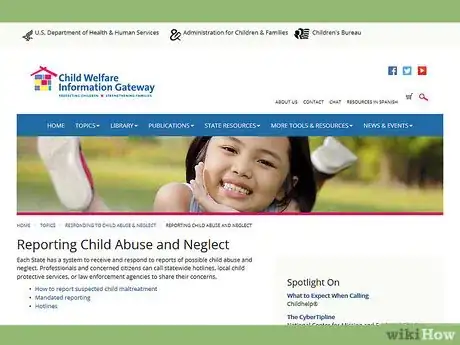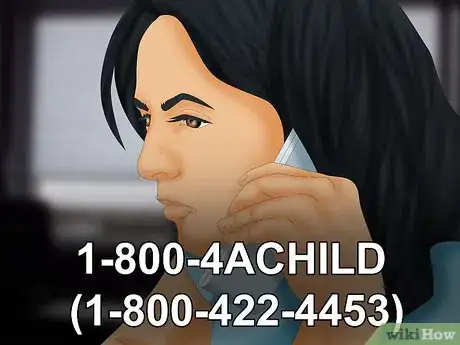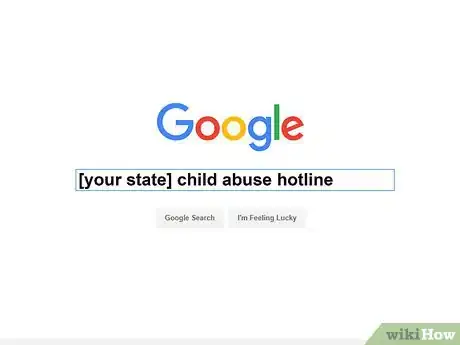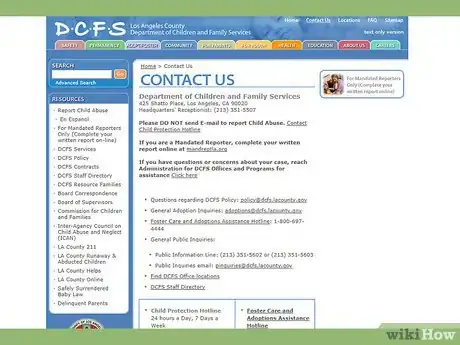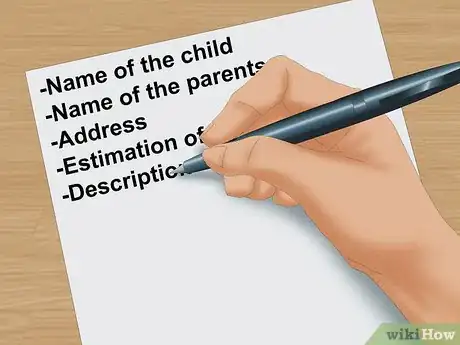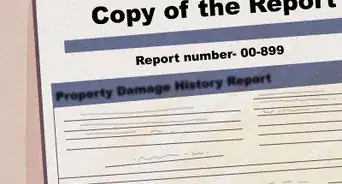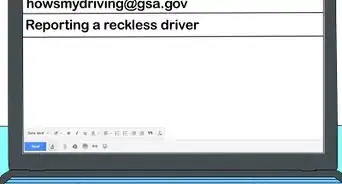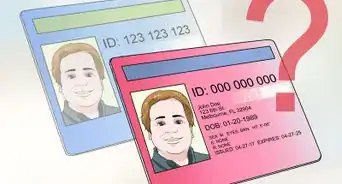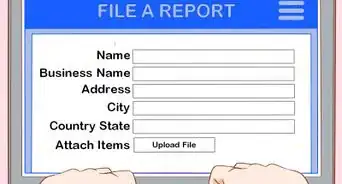This article was co-authored by Clinton M. Sandvick, JD, PhD. Clinton M. Sandvick worked as a civil litigator in California for over 7 years. He received his JD from the University of Wisconsin-Madison in 1998 and his PhD in American History from the University of Oregon in 2013.
There are 9 references cited in this article, which can be found at the bottom of the page.
This article has been viewed 325,931 times.
You suspect a child is being abused or neglected and you don't know what to do. You may want to stay anonymous because of fear of reprisal or a connection to the family. However, the first concern should always be the welfare of the child. Most states will allow you to remain anonymous during a child abuse report, but it is discouraged. Agencies are understaffed and have to prioritize reports. A detailed report from someone willing to speak on the record may get a faster response than an anonymous supposition. Regardless, every report is important, including the anonymous ones.
Steps
Preparing to Make a Report to Child Protective Services
-
1Gather information about the situation. A vague and unfounded suggestion that a child may be in danger is likely to be of little help to the agency. Gather as much information as you can, including the name of the child, name of the parents, address, estimation of age, and a description of what you believe to be the abuse or neglect, including what you personally witnessed. Examples include seeing bruises or wounds, a reasonable belief the child is not being fed properly, or unusually filthy clothing, especially if fouled with bodily wastes or fluids.
- Be careful not to inflict your personal standards on the situation. Dirty or torn clothing may be from poverty, but not rise to the level of neglect.
-
2Categorize your information. In general, the law protects minor children from abuse and neglect.[1] A child doesn't have to be physically injured before the state agencies will act.
- Abuse includes physical, emotional, sexual, and mental injury to a child. It can happen when the parent or caregiver specifically injures the child or consistently fails to protect the child from being hurt.[2]
- Use of a child under the age of consent for sexual gratification is abuse, even if there is no physical injury.[3]
- Neglect occurs when the parent does not supply the child's basic needs. It can be physical, such as inadequate food and failure to provide medical care. It can also be mental and emotional, including neglecting education and the child's emotional development. Chronic truancy can be considered child neglect in some circumstances.[4]
Advertisement -
3Choose the correct agency. "Child protective services" is often used as a catch-all term for the network of social service agencies around the country. The actual agency you need might be called "social services," "family services," or "child welfare." If you have any doubts, call first and ask which agency is the correct place to report suspected cases of child abuse.
Reporting Suspected Child Abuse or Neglect by Telephone
-
1Call 1-800-4ACHILD (1-800-422-4453). All reports can be kept anonymous, although you may be encouraged to give your name. This hotline has access to a network of welfare agencies around the country and can direct your report to the proper authorities.[5]
-
2Do an online search for your state's child abuse hotline. When you search for "[your state] child abuse hotline," the results will typically take you right where you need to be. Some state hotlines actively discourage anonymous reports, but your name will be kept confidential if you identify yourself. The United States Health & Human Services website also has a directory of state child abuse report hotlines.[6]
-
3Call 911 if there is an emergency situation. The dispatch system may capture your phone number. If you want to remain completely anonymous, you will have to find a public telephone.[7]
- Use your common sense to determine if a situation is an emergency. 911 is not for suspicions of child abuse. It is for situations where you believe someone needs assistance from police, fire, or ambulance services.
- For example, if you see or hear a child being beaten or if the child calls for help.
- If you find a child that has been abandoned or believe children have been left alone at home for an unreasonable time.
- If you see or hear someone threaten a child with a weapon.
- A child that is visibly injured.
- A child who is sick beyond normal, for example, you believe the child is starving.
- If a child tells you they have been sexually abused or you see signs, such as blood in his underpants.
Reporting Suspected Child Abuse or Neglect in Writing
-
1Locate the mailing address for the social services agency. You can look up the mailing address on the state agency's website or call the central number and ask for the best mailing address. You will not be required to identify yourself for this basic information.
-
2Submit a report in writing. This is not the preferred way, but a letter written to the social services agency will be taken seriously. However, unless you know someone you can address it to, it will go to the central mail room and may be significantly delayed in getting to someone with authority to act. However, it is completely anonymous.
- Give as much information as you can. If you have it, give the child's name and age. You must be able to give an address, including the city and county. Other good information is the name of the parents and a brief and succinct description of what you have seen or suspect. Be as specific as possible.
- Affix proper postage and mail the report to the agency.
-
3Give or mail your letter to a mandated reporter. This is someone who, by law, must report suspected child abuse and neglect. Common mandated reporters are school personnel, doctors, law enforcement, and psychologists. If you believe a school-age child is being abused or neglected, you can tip off the teacher or school nurse with a letter. These trained professionals can evaluate the child and make the report through official channels.[8]
Warnings
- Do not expect your written report to be acknowledged. Also, you will not be able to contact the agency and ask about progress. All records concerning the child will be kept confidential.⧼thumbs_response⧽
- Do not be tempted to use the child abuse reporting systems to try to influence the outcome of a divorce or custody case. Making false accusations of child abuse can result in loss of custody, restricted visitation, or sanctions for contempt of court.[9]⧼thumbs_response⧽
References
- ↑ http://www.dfps.state.tx.us/documents/Contact_Us/documents/swiflyer.pdf
- ↑ https://www.childhelp.org/child-abuse/
- ↑ https://www.wearethorn.org/child-pornography-and-abuse-facts/
- ↑ https://www.childwelfare.gov/pubpdfs/whatiscan.pdf
- ↑ https://www.childwelfare.gov/topics/responding/reporting/how/
- ↑ https://www.childwelfare.gov/organizations/?CWIGFunctionsaction=rols:main.dspROL&rolType=custom&rs_id=5
- ↑ https://www.fcc.gov/guides/wireless-911-services
- ↑ https://www.txabusehotline.org/Login/Default.aspx
- ↑ http://farzadlaw.com/orange-county-child-custody-attorneys/falsely-accused-child-abuse-divorce/
About This Article
To make an anonymous report to child protective services, start by collecting as much information as you can about the situation, such as the child’s name, their parent’s names, address, age, and a description of their abuse or neglect. Since there are many child protective services across the country, call ChildHelp on 1-800-422-4453, who will direct you to the relevant authority. Alternatively, search online for your state or region, followed by “Child abuse hotline” to find the right organization for your area. However, if you suspect that a child is in immediate danger, don’t hesitate to call 911. For more tips from our Legal co-author, including how to report child abuse or neglect in writing, read on!


